Apollo 12 astronauts Charles “Pete” Conrad and Alan L. Bean were in high spirits when they re-entered their Lunar Module (LM) Intrepid on the Moon’s Ocean of Storms. They had completed two Extravehicular Activities (EVAs) or spacewalks on the lunar surface, spending a total of 7 hours and 45 minutes outside. One the second EVA, they paid a visit to Surveyor 3, a robotic spacecraft that had landed nearby in April 1967, and snipped off several parts of the spacecraft to return them to Earth for scientists and engineers to assess the effects of 31 months in the harsh lunar environment. Conrad and Bean collected 76 pounds of lunar rocks, soil, and core samples, safely stowed in two Sample Return Containers (SRC). Inside the LM they prepared to liftoff from the surface and rejoin the third Apollo 12 crewmember, Richard F. Gordon, who continued to orbit the Moon in the Command Module (CM) Yankee Clipper, taking photographs and making other observations.
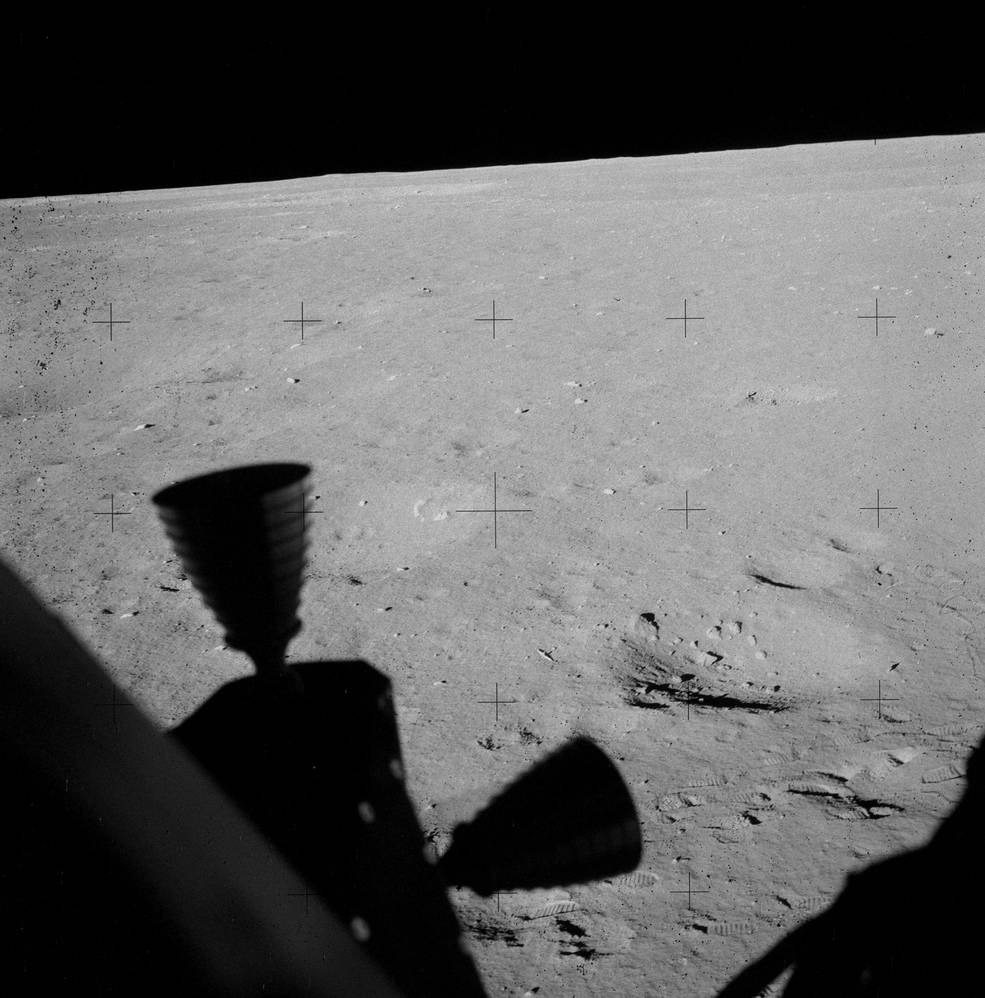
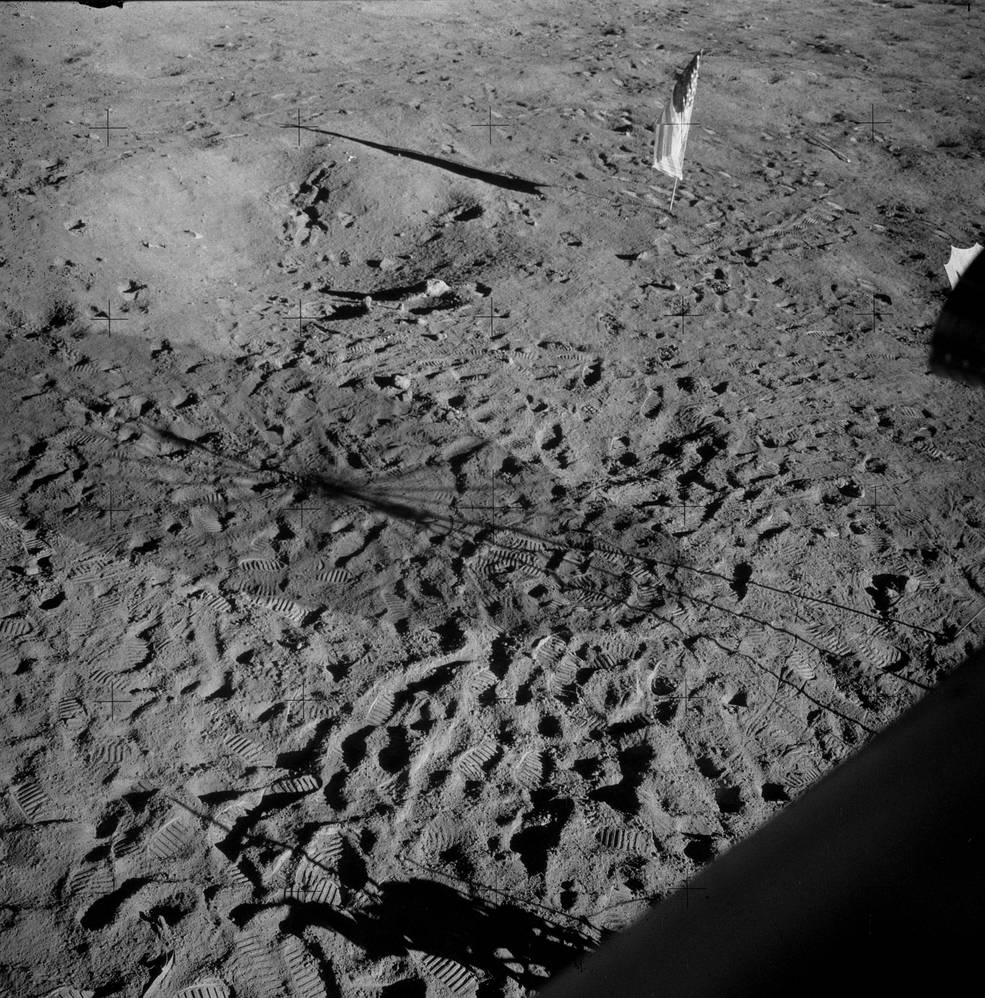
Left: View from Conrad’s window after EVA2 showing some of Intrepid’s thrusters
and a few footprints. Right: View from Bean’s window after EVA2, showing a profusion
of footprints in the lunar dust, the American flag, and the S-band antenna’s shadow.
When they returned inside Intrepid, Conrad and Bean used up their remaining film by taking photographs out the windows, showing the signs of their visit – numerous footprints, the American flag, the S-band antenna, and in the distance, the Apollo Lunar Surface Experiment Package (ALSEP) station. They jettisoned their Portable Life Support System (PLSS) backpacks, gloves, and cameras, and ate a meal, after which Conrad said they were ready to “have a little chitty chat about the EVA” with Capcom Edward G. Gibson. In that conversation, Conrad said, “Al and I look just like a couple of bituminous coal miners right at the moment. But we’re happy.” To which Gibson replied, “So are a lot of people down here.” Gordon, coming around the Moon’s front side on his 28th revolution, congratulated Conrad and Bean on a job well done. To prepare for liftoff, Conrad and Bean tested Intrepid’s Reaction Control System (RCS) thrusters. The firings kicked up a fair bit of dust and also knocked over the S-band antenna, but the vehicle automatically switched to its own antenna with no loss of communications.
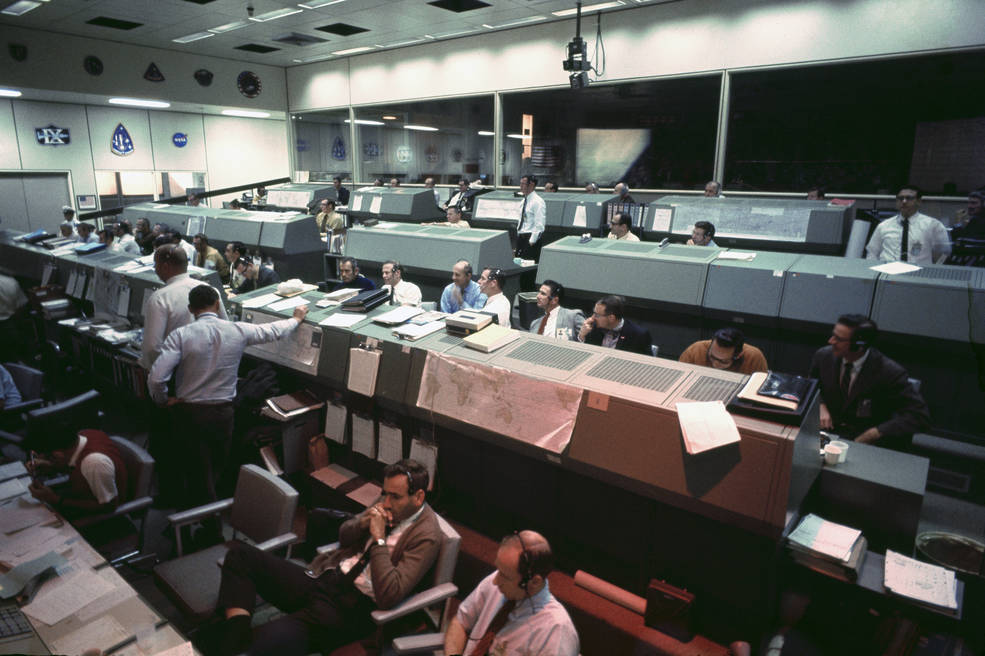
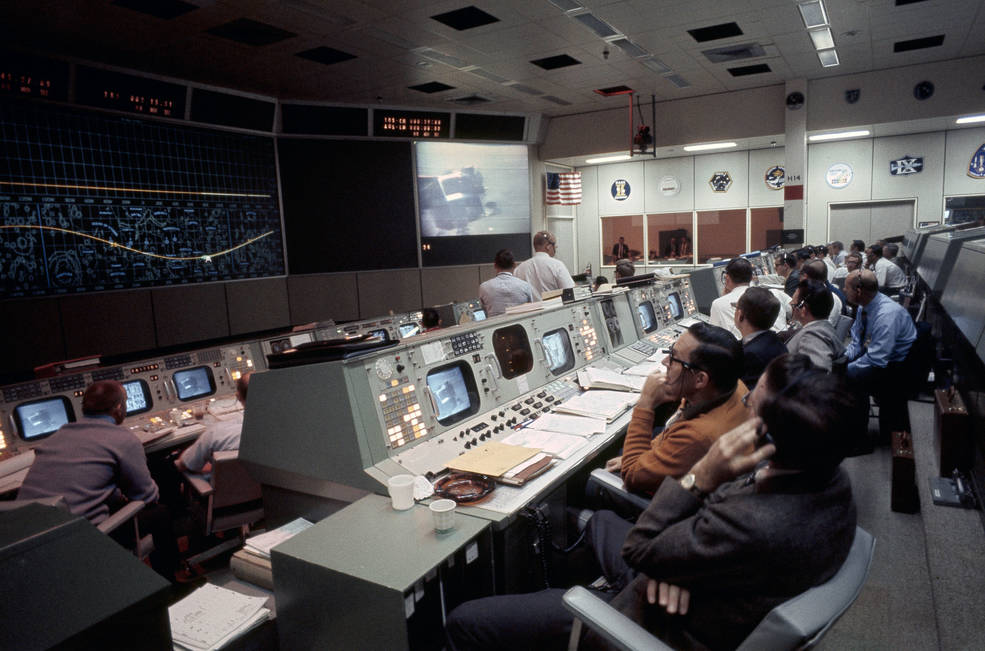
Two views in Mission Control during the lunar orbit rendezvous.
As Gordon in Yankee Clipper flew overhead on his 30th lunar revolution, Intrepid’s Ascent Stage engine ignited and Conrad and Bean lifted off from the Moon after 31 hours and 31 minutes on the surface, leaving the Descent Stage behind. Conrad exclaimed, “Liftoff! And away we go!” with Bean adding, “Boy, did it fire!” Even though the astronauts had deployed the ALSEP instruments more than 400 feet from Intrepid, several of the sensitive ones recorded the liftoff – the seismometer detected the vibrations, ion and dust detectors noted spikes in their readings, and the magnetometer recorded field fluctuations for 12 minutes. Ten seconds after liftoff at an altitude of 275 feet, Intrepid pitched over by 45 degrees to begin its climb to orbit. The 7-minute burn placed Intrepid into an intermediate 53-by-10-mile orbit, trailing Yankee Clipper by about 290 miles. The lunar dust that had settled on the floor of the LM floated throughout the cabin now that they were weightless again, so Conrad and Bean elected to keep their suits including helmets on to avoid breathing in the abrasive dust. In a repeat of the Apollo 11 rendezvous sequence Intrepid and Yankee Clipper executed a series of maneuvers that led to their docking about three and a half hours after liftoff from the Moon. Gordon relayed color TV views of the docking to Mission Control. Their independent flights had lasted 37 hours and 42 minutes.



Three stills from 16 mm film recorded aboard Yankee Clipper of Intrepid’s approach just prior to docking.
The three astronauts opened the hatches between the two spacecraft and quickly began transferring all the required items from Intrepid into Yankee Clipper, including all the lunar samples, cameras, and film. Conrad and Bean decided to remove their spacesuits in Intrepid and then transfer them across in an attempt to minimize contaminating Yankee Clipper with lunar dust. Gordon transferred some unneeded items to be jettisoned in Intrepid. The transfers completed, they closed the hatches between the spacecraft and jettisoned the LM. To calibrate the seismometer left on the Moon, controllers sent a command to Intrepid to fire its thrusters for 83 seconds to drop it out of orbit and send it crashing on the surface about 40 miles from the instrument. The seismometer recorded signals for nearly one hour after the impact. Meanwhile, the astronauts prepared for their sleep period after a strenuous nearly 24-hour day.
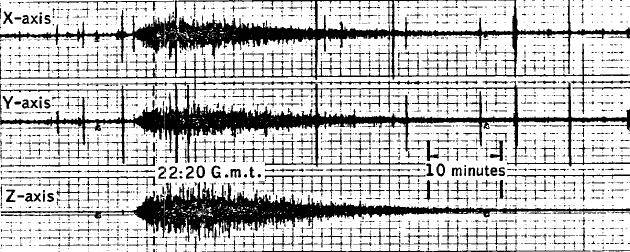
Recording from the Apollo 12 seismometer of the intentional crash of the LM ascent stage.
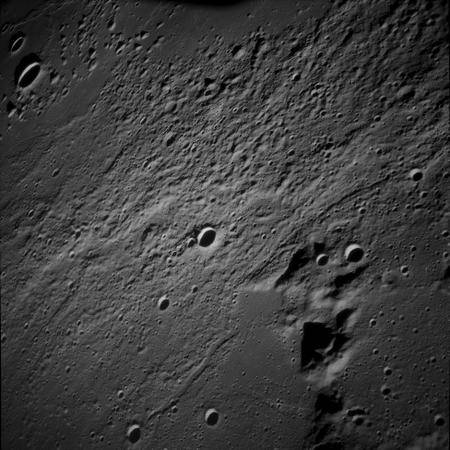
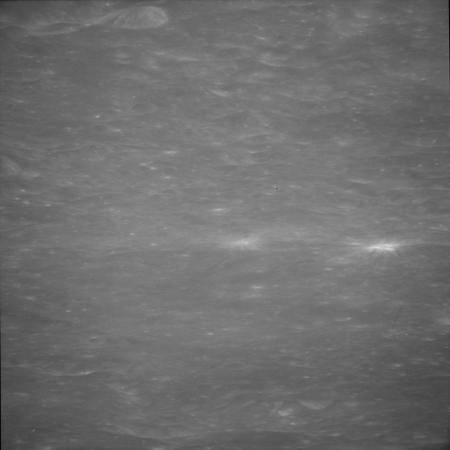
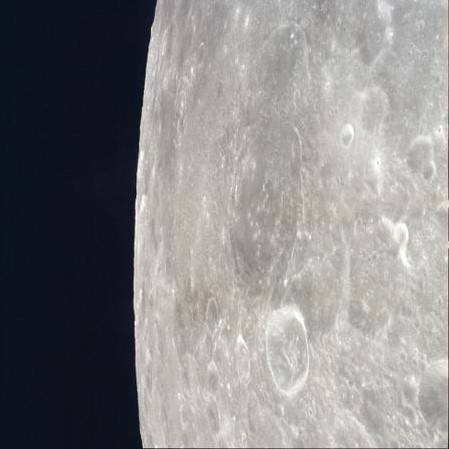
Apollo 12 photographs taken on their last day in lunar orbit. Left: Fra Mauro highlands.
Middle: Descartes region. Right: Smyth Sea.
The astronauts began their final day in lunar orbit as they appeared on the Moon’s front side on their 38th revolution. The primary activity for their remaining time around the Moon consisted of photographing potential landing sites for future Apollo missions, such as the Fra Mauro highlands and the Descartes region, as well as targets of opportunity such as the Smyth Sea. To achieve the best orbital track for this task the crew performed a 19-second out-of-plane maneuver using the Service Propulsion System (SPS) engine. On their 45th revolution, they went around to the Moon’s backside for the last time as they fired the SPS for the 2-minute and 10-second Trans Earth Injection (TEI) burn. Apollo 12 left lunar orbit after 3 days 17 hours and 2 minutes. As they rounded from the back side of the Moon, Conrad radioed to Mission Control, “Hello, Houston. Apollo 12’s en route home.” They had already set up the color TV camera and began transmitting views of the rapidly receding Moon. Capcom Don L. Lind commented, “We really get the impression that you’re on a fast elevator,” eliciting this response from Gordon, “Yes, we’re really moving out, Don. It doesn’t take very long to get some altitude out of that place.” They concluded the 38-minute TV broadcast by filming themselves in the cabin, having already traveled nearly 2,900 miles from the Moon. Shortly thereafter, all three crewmembers began a well-earned sleep period.
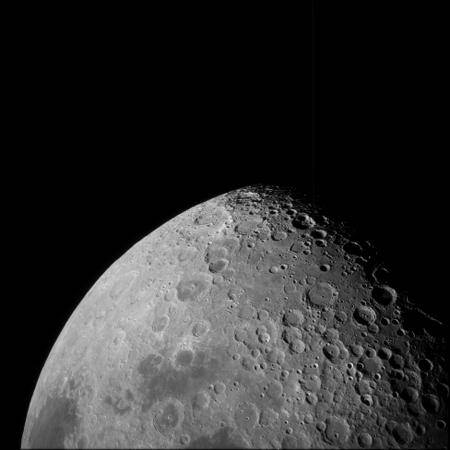
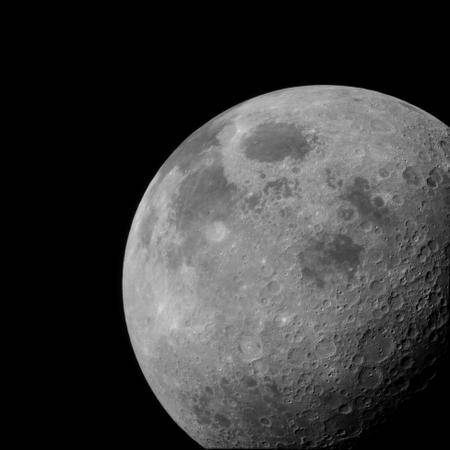
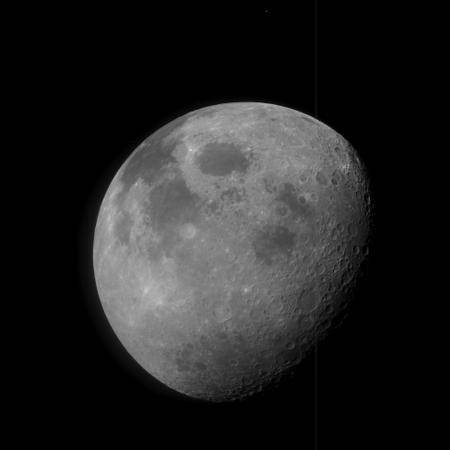
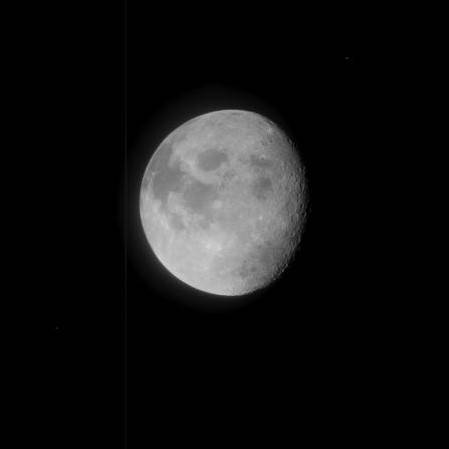
Four views of the rapidly receding Moon after TEI.
While the astronauts slept for about 12 hours, Apollo 12 passed from the Moon’s gravitational sphere of influence to the Earth’s and the spacecraft began to accelerate toward its final destination. The first order of business on this crew day involved a minor course correction, at a distance of about 200,000 miles from Earth, a burn of the RCS thrusters of less than five seconds to refine the spacecraft’s trajectory. While Capcom Gibson read up the day’s news to the astronauts, he also reported that their wives Jane Conrad, Barbara Gordon, and Sue Bean greeted reporters that morning outside the Conrads’ house wearing white pantsuits and holding up signs that read, “Proud,” Thrilled,” and “Happy.” Gibson also reported to the crew that the ALSEP experiments were all working as expected. The astronauts answered questions from geologists and other scientists, relayed by Capcoms Gibson and Lind, about their lunar traverses and their impressions of Surveyor 3. The astronauts finished the day with some housekeeping chores, which included frequent cleaning of air filters due to the lunar dust they brought in from the LM, and went to sleep, some 187,000 miles from Earth.
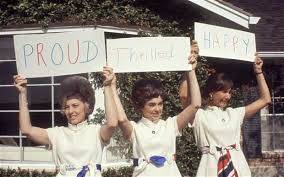
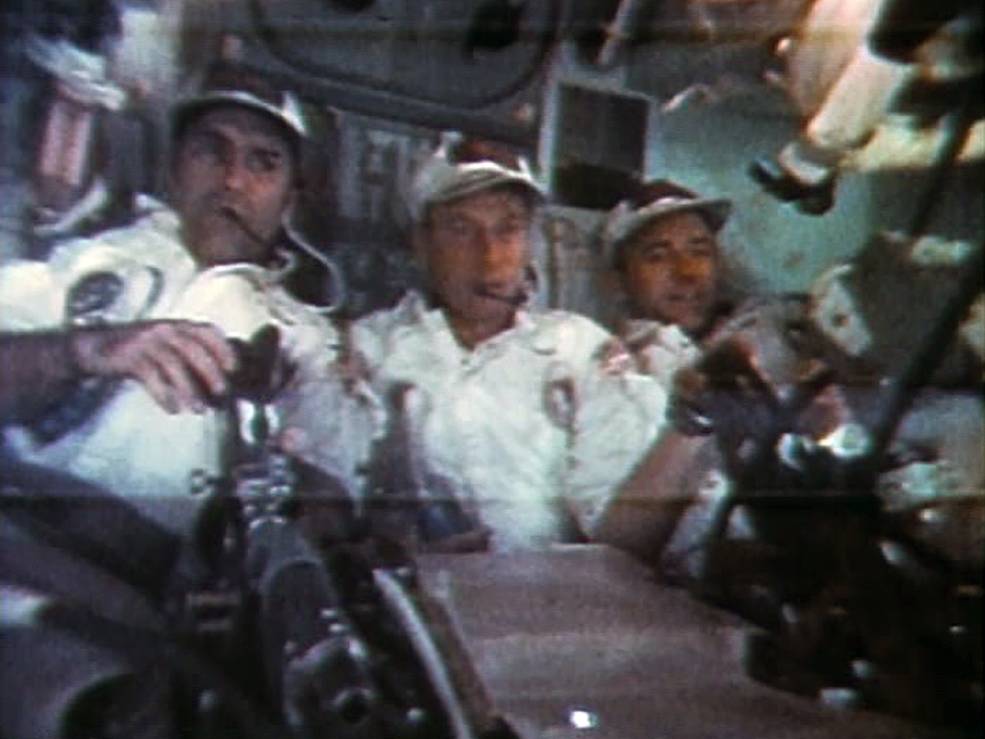
Left: Apollo 12 astronauts’ wives (left to right) Sue Bean, Barbara Gordon, and Jane Conrad hold up signs for reporters. Right: Apollo 12 astronauts (left to right) Gordon, Conrad, and Bean aboard Yankee Clipper during the inflight press conference on the way home from the Moon.
The next morning, the astronauts awoke before Mission Control could call them, and Conrad asked Capcom Paul J. Weitz to send the following tongue-in-cheek message full of Navy slang to Rear Admiral Donald C. Davis, head of the US Navy Recovery Forces aboard the prime recovery ship USS Hornet (CVS-12), “Dear Red Dog, Apollo 12 with three tail-hookers expect recovery ship to make its PIM (Point of Intended Movement) as we have energy for only one pass. Signed Pete, Dick, and Al.” A few minutes later, after the astronauts had a glimpse of Earth now 160,000 miles away, Conrad told Capcom Weitz, “Houston, we just got our first glimpse of you this morning, and there’s not very much of you out there.” With the Sun and the Earth nearly aligned, the astronauts could only see a very thin crescent of their home planet. They passed the halfway mark of their journey home, being an equidistant 126,787 miles from the Moon and Earth. Later in the day, the trio held a televised news conference, with Capcom Gerald P. “Jerry” Carr reading up 13 questions submitted by reporters at the Manned Spacecraft Center, now the Johnson Space Center in Houston. At the end of the 37-minute broadcast the crew held up a homemade sign to the camera that read, “Yankee Clipper sailed with Intrepid to the Sea of Storms, Moon, November 14, 1969,” signed by all three crewmembers. Soon after, the three astronauts turned in for their last night’s sleep in space, only 108,000 miles from their home planet.
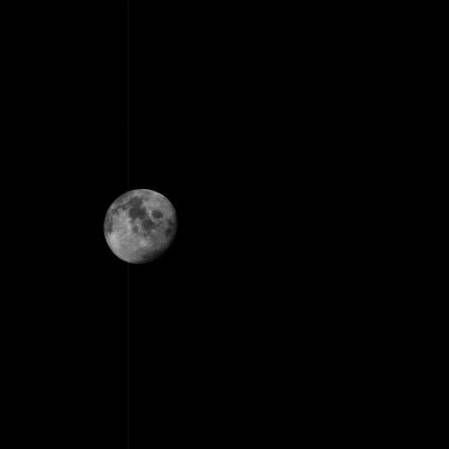
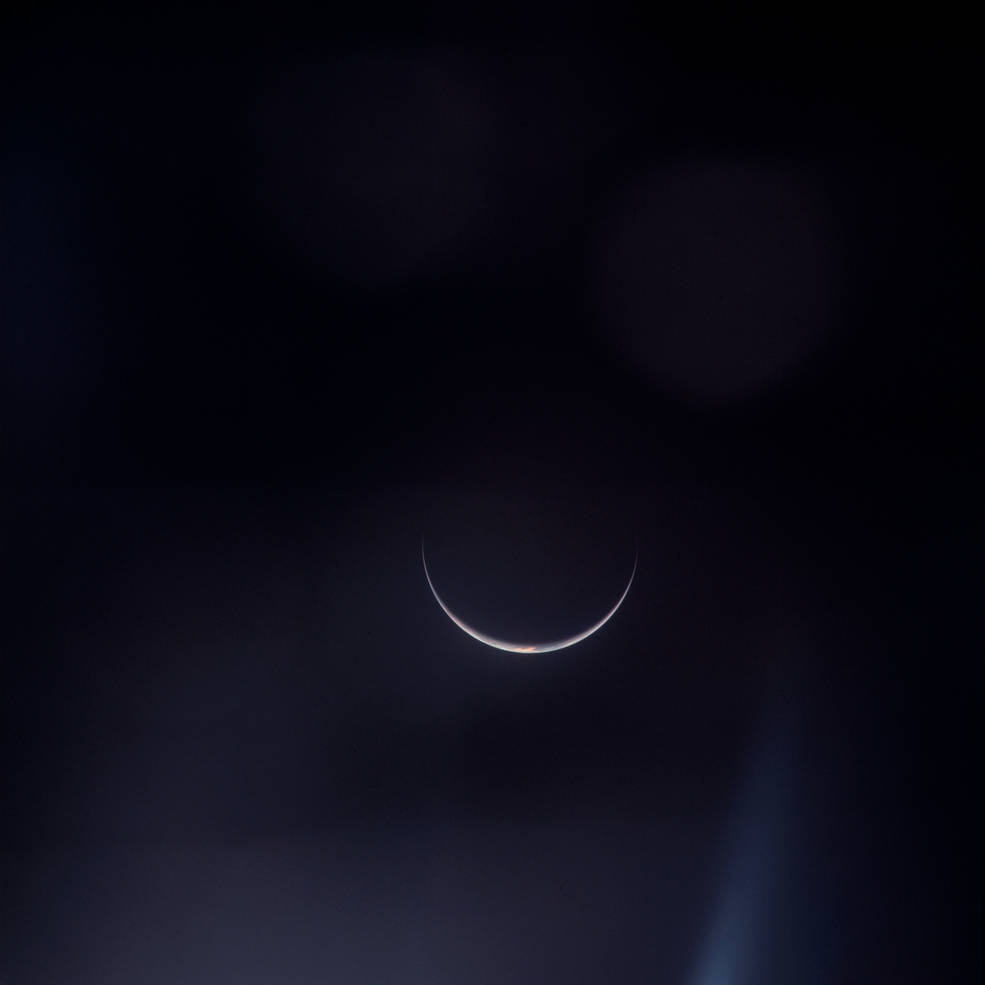
Left: The Moon continued to shrink in size as Apollo 12 headed home.
Right: The Earth appeared as a very thin crescent with the Sun almost directly behind it.
To be continued…

























